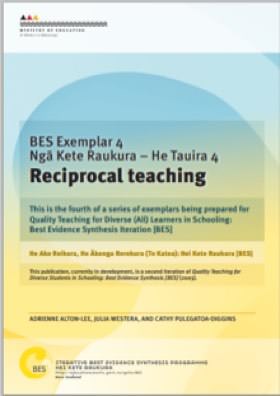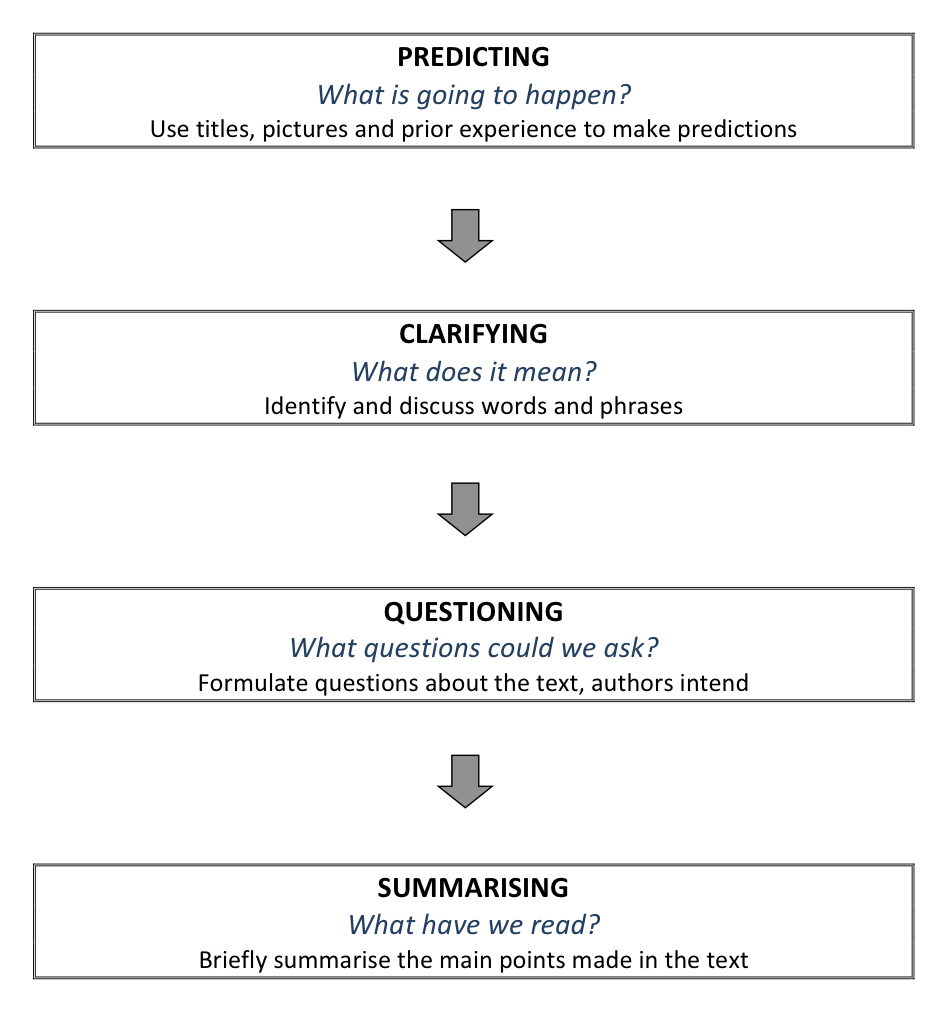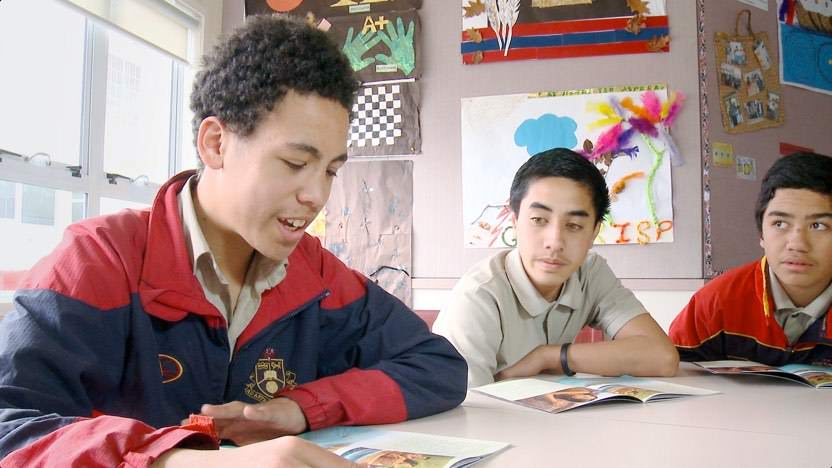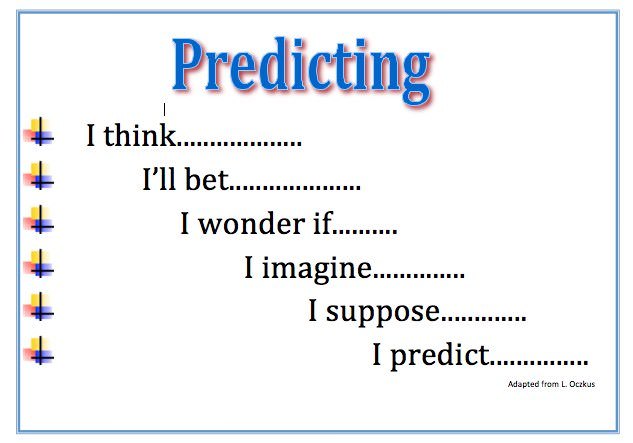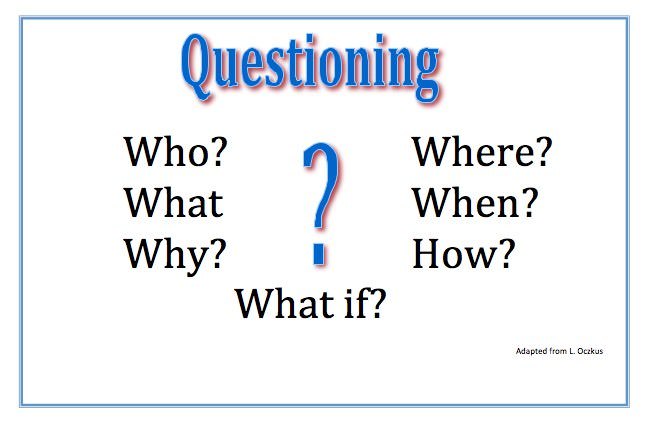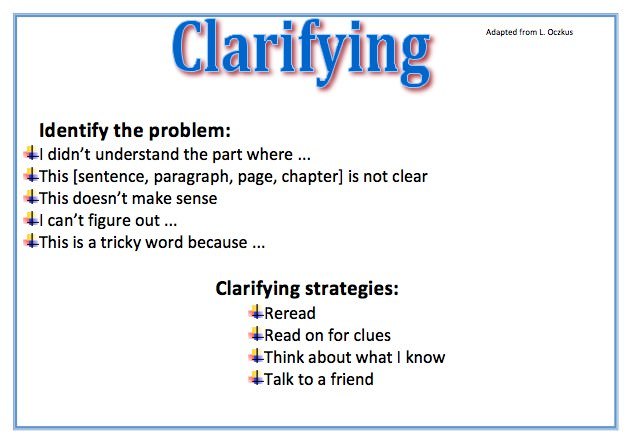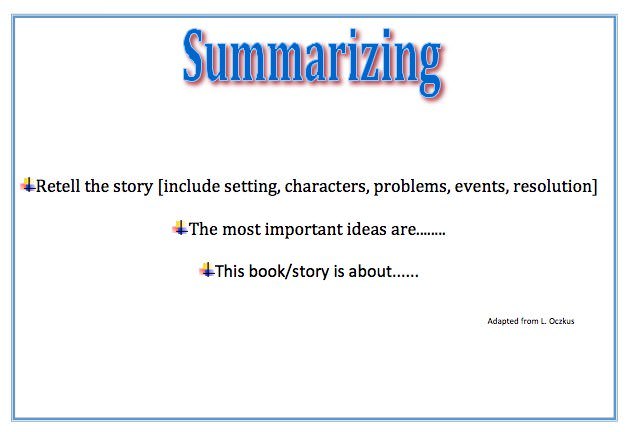32
Reciprocal Teaching (reading)
Theoretical Basis – Reciprocal Teaching
Reciprocal teaching of reading draws from research conducted by Palinscar and Brown (1984). The procedure utilises four explicit strategies to develop and improve reading comprehension. These strategies are: predicting, questioning, clarifying and summarising.
The teacher initially leads a small group of students and models how to apply the strategies. The strategies require readers to be active in their reading and thinking and the purpose of the dialogue between group members is to jointly construct meaning from the text. Once the process has been modelled by the teacher, students can take turns at leading the process with the group.
Reciprocal Teaching:
Extending Reading Strategies
(Ministry of Education, 1993)
Predicting
- sets up the purpose for the reading
- utilises the title, pictures and prior learning
- provides readers with the opportunity to link new ideas with prior knowledge
- as reading progresses predictions are confirmed or modified
- students are effectively monitoring their own understandings.
Clarifying
- use the context and word knowledge to overcome difficulties in the text
- identify and discuss words, phrases and sentences that may be unclear
- utilise resources - dictionary, thesaurus and / or atlas to check understandings.
Questions
- help to develop thinking skills
- thinking skills are more likely to occur when students are asking and answering their own questions rather than just responding to teacher generated questions.
Summarising
- indicates the level of understanding of what is or has been read
- allows students to review.
The reading material should reflect students’ instructional level which is slightly more difficult than text that they can read independently and with understanding. Each session should last for approximately 20 minutes.
Research has shown that comprehension gains are greatest when reciprocal teaching is introduced to groups in intensive, consecutive sessions and continued within the structure of a balanced literacy programme.
33
BES Exemplar 4: Reciprocal Teaching
Reciprocal teaching is the fourth (Alton-Lee, Westera & Pulegatoa-Diggins, 2012) in a series of five BES exemplars for quality teaching.
These exemplars were developed in response to requests from teachers and school leaders for real life examples of effective teaching approaches that accelerate progress of diverse learners.
The reciprocal teaching exemplar details six studies that were undertaken by educators in primary, intermediate and secondary schools and demonstrates that this approach has been highly effective with Māori students as well as other priority learners.
BES Exemplar 4 Reciprocal Teaching
The following video clip provides an example of reciprocal teaching being applied in a secondary school setting where the participants refer to the approach of reciprocal reading.
